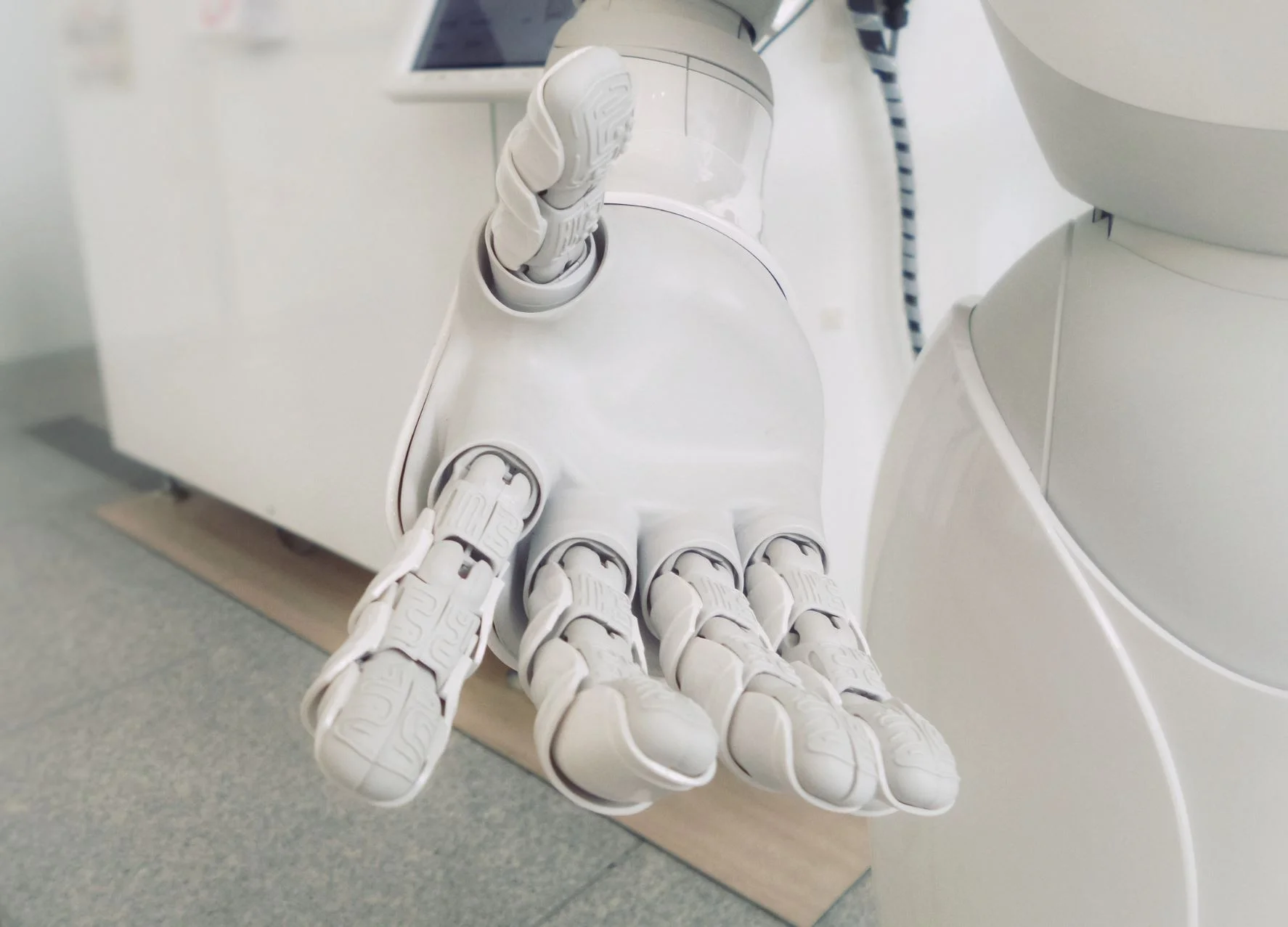Elon Musk grabbed a lot of attention with his July 16 announcement that his company Neuralink plans to implant electrodes into the brains of people with paralysis by next year. Their first goal is to create assistive technology to help people who can’t move or are unable to communicate.
Northwestern research finds that many of the deadliest cancers receive the least amount of research funding
Pictures from Curiosity Show the Bottom of an Ancient Lake on Mars, the Perfect Place to Search for Evidence of Past Life
First-ever visualizations of electrical gating effects on electronic structure could lead to longer-lasting devices in the future!
Electronic structure of a semiconductor device – how it behaves when voltage is applied – visualized for the first time. Insights from the technique will help development of high performance electronics with low power consumption. This will help to to pave the way for two dimensional semiconductors in future electronics
It’s not easy to give a robot a sense of touch
Want to live past 100?
Four ways blockchain could make the internet safer, fairer and more creative
The internet is unique in that it has no central control, administration or authority. It has given everyone with access to it a platform to express their views and exchange ideas with others instantaneously. But in recent years, internet services such as search engines and social media platforms have increasingly been provided by a small number of very large tech firms.
Why you should always shake hands with a robot
Researchers May Have Found the Missing Piece of Evidence that Explains the Origins of Life
The question of how life first emerged here on Earth is a mystery that continues to elude scientists. Despite everything that scientists have learned from the fossil record and geological history, it is still not known how organic life emerged from inorganic elements (a process known as abiogenesis) billions of years ago.
Awesome picture: HiRISE Spots Curiosity Rover at Mars' 'Woodland Bay'
A dramatic Martian landscape can be seen in a new image taken from space, showing NASA's Curiosity rover examining a location called "Woodland Bay." It's just one of many stops the rover has made in an area referred to as the "clay-bearing unit" on the side of Mount Sharp, a 3-mile-tall (5-kilometer-tall) mountain inside of Gale Crater.
Arctic ice loss is worrying, but the giant stirring in the south could be even worse
Commercial supersonic aircraft could return to the skies
Flying faster than the speed of sound still sounds futuristic for regular people, more than 15 years after the last commercial supersonic flights ended. The planes that made those journeys, the 14 aircraft collectively known as the Concorde, flew from 1976 to 2003. It traveled three times faster than regular passenger aircraft, but the airlines that flew it couldn’t make a profit on its trips.
Earth’s core has been leaking for billions of years
Long before Armstrong and Aldrin, artists were stoking dreams of space travel
Feel like nutritionists are always changing their minds? Science can help you decide which diet works best for you
Study suggests asteroids and other objects might play key role in spreading the seeds of life
There Should Be More Iron In Space. Why Can’t We See It?
Electrifying research has the potential to ‘switch off’ cancer
Five reasons future space travel should explore asteroids
On the same day that the Earth survived an expected near-miss with asteroid 367943 Duende, Russian dashcams unexpectedly captured footage of a different asteroid as it slammed into the atmosphere, exploded, and injured more than 1,000 people. That day in Chelyabinsk in February 2013 reminded the world that the Earth does not exist in a bubble.















